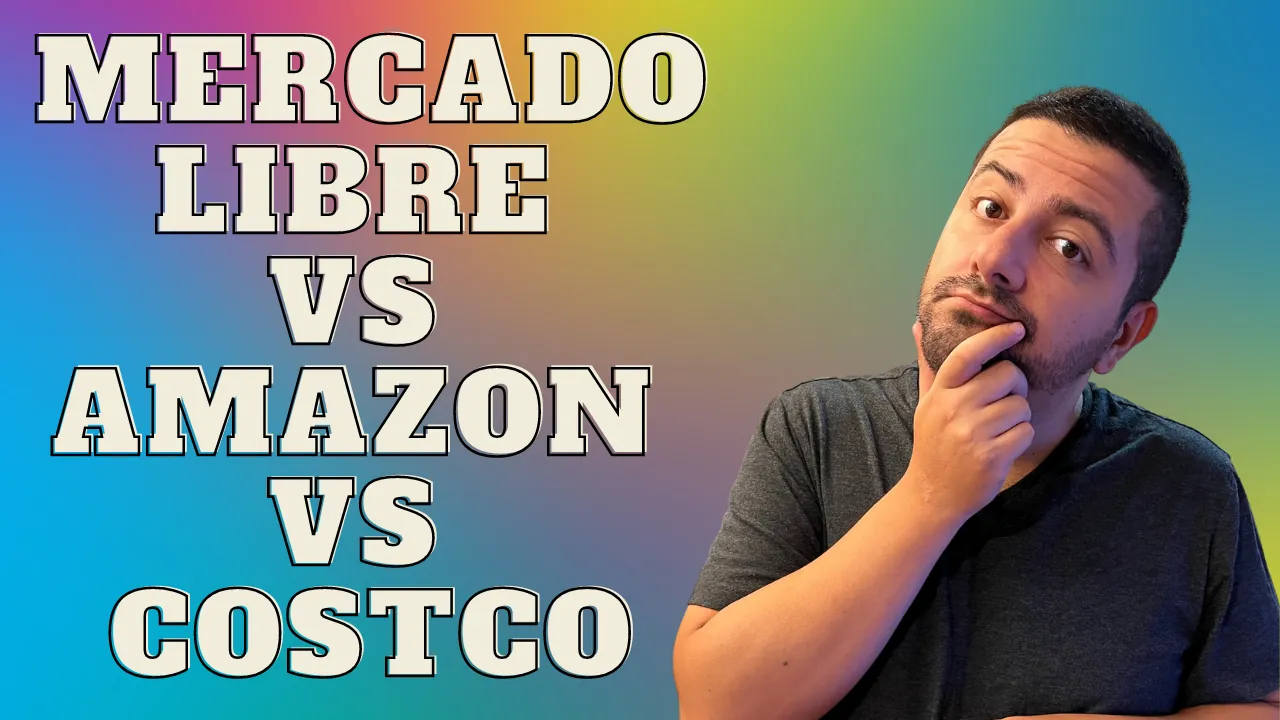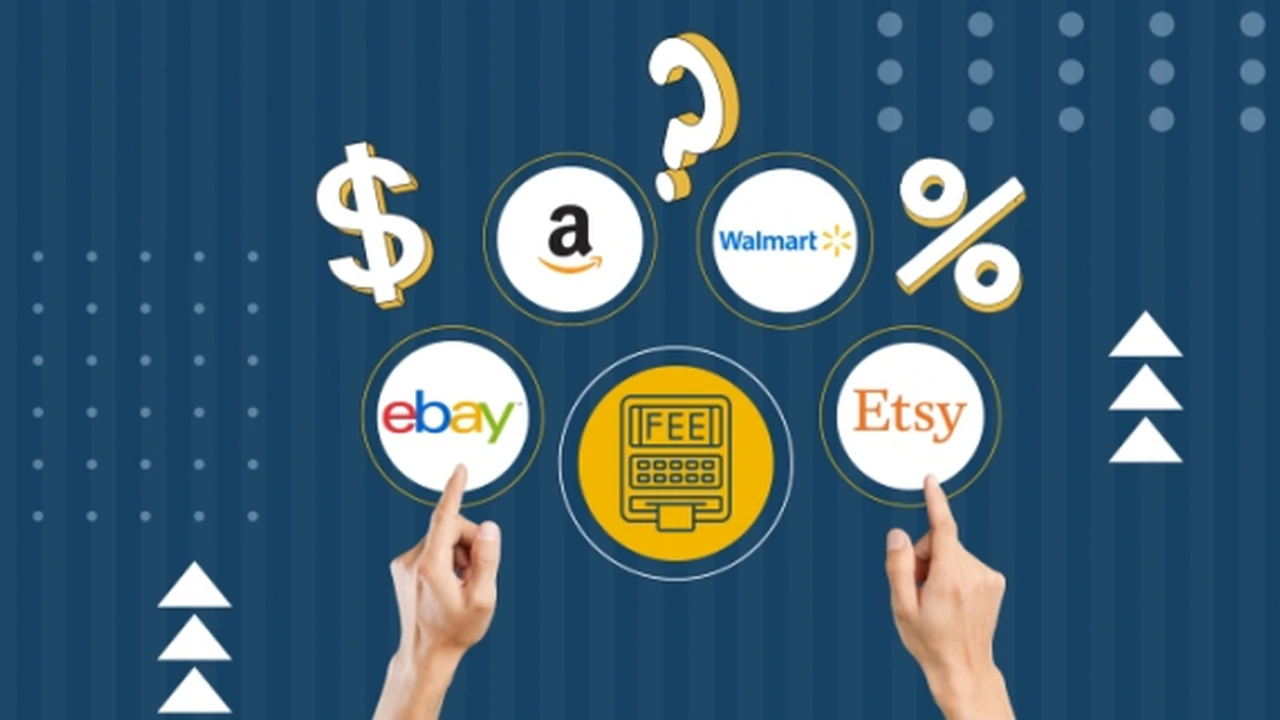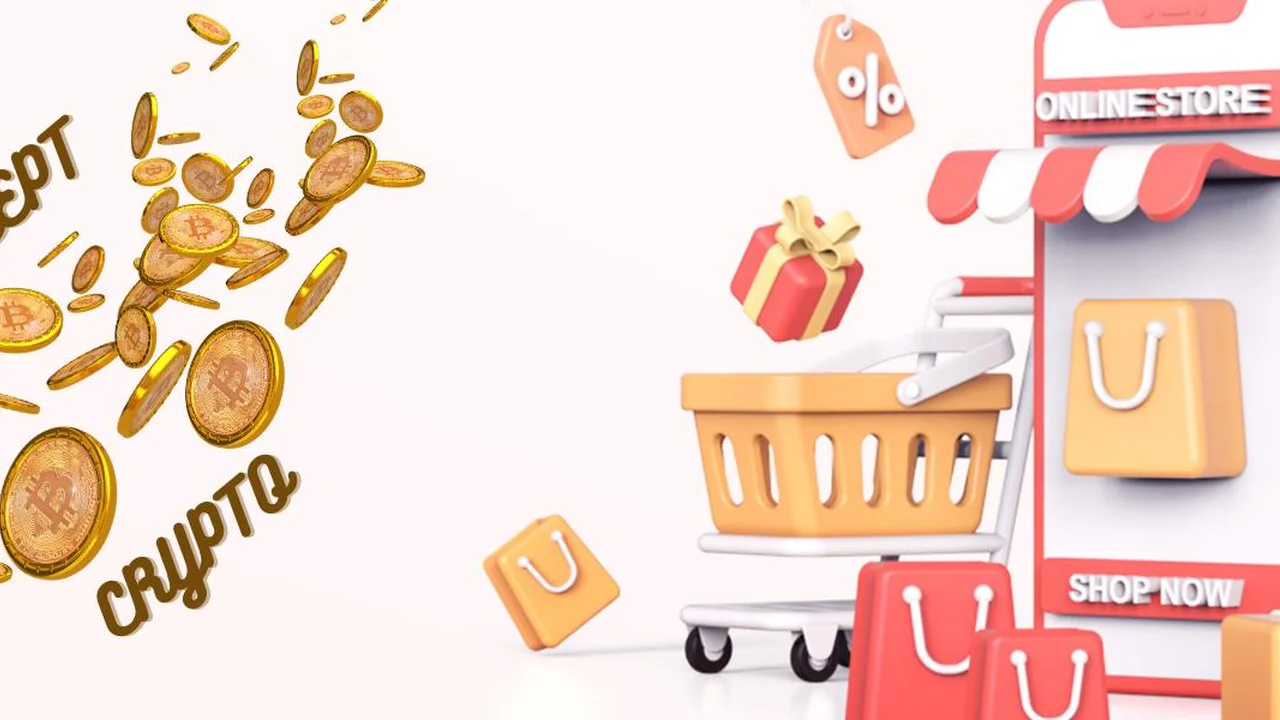Mercado Libre vs. Amazon Mexico: A Seller's Guide for 2025
Sample meta description.

Understanding the E-commerce Landscape in Mexico Amazon Mexico vs Mercado Libre
So, you're thinking about selling in Mexico? Smart move! Mexico's e-commerce market is booming, and two giants dominate the scene: Amazon Mexico and Mercado Libre. But which one is right for you? Let's break it down. Think of Amazon as the established global player, the one everyone *knows*. Mercado Libre, on the other hand, is the regional champion, deeply ingrained in Latin American culture. They both offer massive reach, but cater to slightly different audiences and operate with distinct approaches. This guide will help you navigate the nuances and make the best choice for your business in 2025.
Key Differences in Seller Fees and Commission Structures Amazon vs Mercado Libre Mexico
Let's talk money. Seller fees are a critical factor. Amazon Mexico generally has a referral fee, which varies depending on the product category (usually around 8-15%). They also have optional fulfillment fees if you use Fulfillment by Amazon (FBA). Mercado Libre's commission structure is a bit more tiered and can depend on your seller reputation and the type of listing you choose (Classic or Premium). Premium listings have higher visibility but also higher fees. The key takeaway? Do your homework and *carefully* calculate the potential costs on each platform for *your specific products*. Don't just assume one is cheaper than the other across the board. This requires some spreadsheet action, folks!
Target Audience and Customer Demographics Comparing Amazon Mexico and Mercado Libre
Who are you trying to reach? Amazon Mexico tends to attract a slightly more affluent and tech-savvy customer base, often seeking international brands and premium products. Mercado Libre, while also growing in sophistication, has a broader appeal, reaching a wider range of socioeconomic levels and a strong affinity for local and regional brands. Consider your product's price point and target demographic. If you're selling high-end electronics, Amazon might be a better fit. If you're offering handcrafted goods or appealing to a more budget-conscious shopper, Mercado Libre could be your sweet spot. Think about where *your* ideal customer is already hanging out online.
Product Listing Optimization Strategies for Maximum Visibility on Both Platforms
Okay, you've chosen your platform. Now, it's time to get your products *seen*. This means optimizing your product listings. Both Amazon and Mercado Libre rely heavily on search algorithms. Use relevant keywords in your product titles, descriptions, and bullet points. High-quality images are a *must*. Nobody wants to buy something they can't see properly. On Amazon, focus on creating compelling A+ content (enhanced product descriptions with rich media). On Mercado Libre, leverage their variations feature to offer different sizes, colors, and styles within a single listing. Respond to customer questions promptly and professionally. Positive reviews are gold. Negative reviews? Address them quickly and offer solutions. Think of your product listing as your online storefront – make it inviting!
Fulfillment Options: FBA vs Mercado Envios and Self-Fulfillment Considerations
How are you going to get your products to your customers? Amazon offers Fulfillment by Amazon (FBA), where they handle storage, packing, and shipping. This can be a huge time-saver, but it comes with fees. Mercado Libre has Mercado Envios, a similar fulfillment service. You can also choose to self-fulfill orders on both platforms. Consider your resources and order volume. If you're just starting out, self-fulfillment might be manageable. But as your sales grow, FBA or Mercado Envios can free up your time to focus on other aspects of your business. Think about shipping costs, speed of delivery, and your ability to handle returns efficiently. Late deliveries and damaged goods are a quick way to earn negative reviews.
Payment Processing and Security Measures for Sellers on Amazon and Mercado Libre
Getting paid securely is crucial. Amazon and Mercado Libre both offer secure payment processing systems. Amazon typically pays sellers every two weeks. Mercado Libre's payment schedule can vary depending on your seller reputation and the type of listing. Familiarize yourself with the payment terms and security measures on each platform. Protect yourself from fraud by being wary of suspicious orders and following best practices for handling customer data. Two-factor authentication is your friend! Also, be aware of local tax regulations and ensure you are compliant.
Marketing and Advertising Opportunities to Boost Sales and Brand Awareness
Getting seen is only half the battle. You also need to *market* your products. Amazon offers sponsored product ads, sponsored brand ads, and display ads. Mercado Libre has similar advertising options, including product ads and banner ads. Consider running targeted ad campaigns to reach specific customer segments. Use social media to drive traffic to your product listings. Offer discounts and promotions to incentivize purchases. Engage with your customers on social media and build a community around your brand. Don't be afraid to experiment with different marketing strategies to see what works best for you. A/B testing is your secret weapon.
Recommended Products, Use Cases, Comparisons, and Pricing Details
Smart Home Devices: Echo Dot vs Google Nest Mini in the Mexican Market
Let's dive into some specific product recommendations. Smart home devices are incredibly popular. Consider selling the Amazon Echo Dot and the Google Nest Mini. These are entry-level smart speakers that allow users to control their smart home devices, play music, and get information. The Echo Dot is a great option for users already invested in the Amazon ecosystem, while the Google Nest Mini integrates seamlessly with Google services. Use Case: A young professional setting up their first apartment could use either of these devices to control their lights, thermostat, and music. Comparison: The Echo Dot generally has a slightly better sound quality, while the Google Nest Mini is often praised for its voice recognition capabilities. Pricing: Both devices typically retail for around $50-$70 USD in Mexico, but prices can fluctuate based on promotions and sales.
Portable Bluetooth Speakers: JBL Flip 6 vs Sony SRS-XB23 for Music Lovers
Portable Bluetooth speakers are another hot item. The JBL Flip 6 and the Sony SRS-XB23 are both excellent choices. The JBL Flip 6 is known for its powerful sound and rugged design, making it perfect for outdoor use. The Sony SRS-XB23 boasts extra bass and a longer battery life. Use Case: A group of friends heading to the beach could use either of these speakers to enjoy their favorite music. Comparison: The JBL Flip 6 offers a more balanced sound profile, while the Sony SRS-XB23 emphasizes bass. Pricing: The JBL Flip 6 typically sells for around $100-$120 USD, while the Sony SRS-XB23 is usually priced slightly lower, around $80-$100 USD.
Wireless Earbuds: AirPods (3rd Generation) vs Samsung Galaxy Buds2 Pro for Everyday Use
Wireless earbuds are a must-have for anyone on the go. The AirPods (3rd Generation) and the Samsung Galaxy Buds2 Pro are top contenders. The AirPods offer seamless integration with Apple devices and a comfortable fit. The Samsung Galaxy Buds2 Pro provide excellent sound quality and noise cancellation. Use Case: A student commuting to school could use either of these earbuds to listen to music or podcasts. Comparison: The AirPods are known for their ease of use and integration with the Apple ecosystem, while the Samsung Galaxy Buds2 Pro excel in sound quality and noise cancellation. Pricing: The AirPods (3rd Generation) typically retail for around $180-$200 USD, while the Samsung Galaxy Buds2 Pro are usually priced around $200-$220 USD.
Gaming Headsets: HyperX Cloud Alpha vs Razer BlackShark V2 X for Gamers
For the gamers out there, a good gaming headset is essential. The HyperX Cloud Alpha and the Razer BlackShark V2 X are both popular choices. The HyperX Cloud Alpha is known for its comfortable design and excellent sound quality. The Razer BlackShark V2 X is lightweight and offers a clear microphone for communication. Use Case: A gamer playing online multiplayer games could use either of these headsets to communicate with their teammates and immerse themselves in the game. Comparison: The HyperX Cloud Alpha provides a more premium feel and slightly better sound quality, while the Razer BlackShark V2 X is more affordable and lightweight. Pricing: The HyperX Cloud Alpha typically sells for around $100-$120 USD, while the Razer BlackShark V2 X is usually priced around $50-$70 USD.
Smartwatches: Apple Watch SE vs Samsung Galaxy Watch 5 for Fitness Tracking
Smartwatches are becoming increasingly popular for fitness tracking and staying connected. The Apple Watch SE and the Samsung Galaxy Watch 5 are both great options. The Apple Watch SE offers seamless integration with Apple devices and a wide range of fitness features. The Samsung Galaxy Watch 5 boasts a longer battery life and advanced health tracking capabilities. Use Case: Someone looking to track their daily activity and monitor their health could use either of these smartwatches. Comparison: The Apple Watch SE is known for its ease of use and integration with the Apple ecosystem, while the Samsung Galaxy Watch 5 offers a longer battery life and more advanced health features. Pricing: The Apple Watch SE typically retails for around $280-$300 USD, while the Samsung Galaxy Watch 5 is usually priced around $300-$330 USD.
Staying Ahead of the Curve: E-commerce Trends in Mexico for 2025 and Beyond
The e-commerce landscape is constantly evolving. To succeed in 2025 and beyond, you need to stay ahead of the curve. Keep an eye on emerging trends such as mobile commerce, social commerce, and personalized shopping experiences. Invest in data analytics to understand your customers better. Embrace new technologies such as artificial intelligence and augmented reality. And most importantly, always put your customers first. Provide excellent customer service, offer competitive prices, and deliver a seamless shopping experience. The future of e-commerce in Mexico is bright – are you ready to seize the opportunity?
:max_bytes(150000):strip_icc()/277019-baked-pork-chops-with-cream-of-mushroom-soup-DDMFS-beauty-4x3-BG-7505-5762b731cf30447d9cbbbbbf387beafa.jpg)





 in SEA & Mexico.webp)
